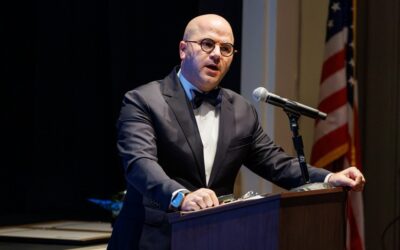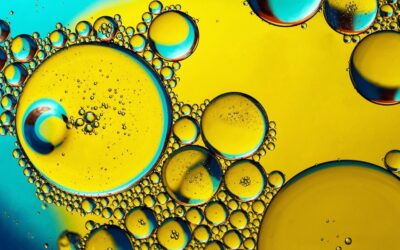Preceramic paper processing is an interesting novel approach for the manufacturing of lightweight ceramic components, as it can be used to create a wide variety of shapes and has the ability to form multilayer structures. Bio-organic pulp fiber networks, for example, provide excellent flexibility and machinability of paper sheets.
The porosity of the paper web, which determines a number of other properties including permeability, elastic modulus, deformability, and mechanical behavior, is determined by the packing characteristics of fibers, fines, filler powders, chemical additives, and processing conditions. After sintering in air, the preceramic paper derived ceramics possess a porosity of 15-65% with the pore shape and size distribution templated by the pulp fiber morphology. Preferential alignment of the pulp fibers in the paper plane causes a pronounced anisotropy of fracture strength.
At the University of Erlangen-Nürnberg, Germany, Björn Gutbrod et al. investigated the substitution of bio-organic pulp fibers in alumina-loaded preceramic paper by inorganic short zirconia fibers. To analyze the effect of ceramic fiber substitution, they examined paper web formation, sintering behavior, and microstructure. In order to increase packing density in the paper web and hence reduce shrinkage and porosity in the sintered ceramic, Gutbrod et al. explored the effect of applying pressure on the fabricated paper sheets.
The replacement of pulp fibers by equivalent amounts of zirconia fibers resulted in a pronounced reduction of packing density in the preceramic paper. Post-pressing was demonstrated to achieve improved paper consolidation and a reduction of porosity, which ultimately led to improved mechanical properties of the sintered ceramic products.
Controlling packing density and porosity distribution in the green paper preform can be used to adopt sintering shrinkage of precursor materials of different composition in order to manufacture multilayer structures from preceramic paper preforms of various compositions. Preceramic paper might offer a versatile and economic approach to process lightweight ceramics with tailored macro- and microscopic porosities for a broad field of applications.













